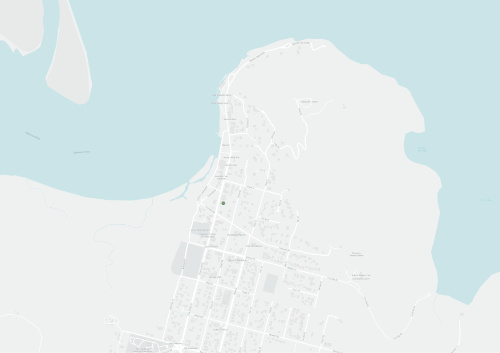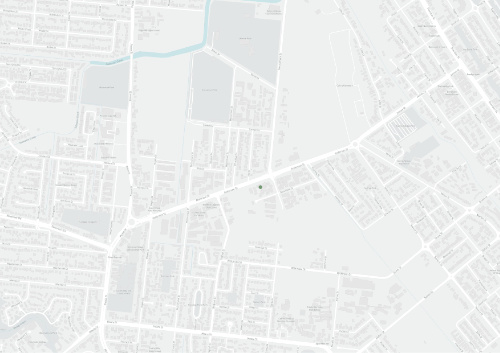Plan Explorer
Filter by:
Region
Topic
Sector
Other
Results
Mitchell River Watershed Management Group operation plan
Superceded OperationalThe Mitchell River Watershed Management Group released this operational plan as a follow up from the business plan to take tasks identified therein and prioritise them, identify potential partners for projects, and setting measurable outcomes and appropriate times for completion of projects.
Eastern Kuku Yalanji Indigenous Protected Area Management Plan Stage 2
Current CommunityJalunji-Warra Land and Sea Country
(excerpt)
Mungumby Community Plan
Current CommunityThis document was released in March of 2012 following a 2007 Federal Court ruling which recognised the Eastern Kuku Yalanji people's of 129,600ha of country between the South Mossman River and just North of Black Mountain near Cooktown.
Wujal Wujal Aboriginal Shire Council planning scheme
Current CommunityThe Wujal Wujal planning scheme was released in 2013 by the Wujal Wujal Aboriginal Shire Council and set out the council's intention for the future of Wujal Wujal over the next 20 years from 2013.
Napranum Community Plan
Current CommunityThe Napranum Shire Council released a community plan in 2012 looking at future development for (then) the next 10 years.
Mapoon Aboriginal shire council community plan 2010-2020
Current CommunityThis community plan outlines how the community and council believe that the Mapoon area should develop between the 2010 and 2020 period and sets out how the issues affecting the Mapoon region at the time should've been addressed and a vision for the future Mapoon.
Hopevale community plan 2012
Current CommunityThe intent of the community plan is that it will represent the community’s views, visions and values for the future of the local government area, and set a strategic vision for what the community wants the area to be like in 10, 20 or more years.
Recently added
Kaanju Homelands Wenlock & Pascoe Rivers Cape York Peninsula Indigenous Protected Area Management Plan
Obsolete OperationalPrimarily, this Plan is for Kaanju people living on homelands, but it also serves as a guide for external land and resource management, conservation, service delivery, economic development and community development organisations and agencies, both government and non-government, engaged with Chuul
Julery Pastoral Property Pest Management Plan
Obsolete OperationalThe plan represents a workable pest management program which identifies, combats and eradicates declared environmental pest plants and feral animals for Julery Pastoral.
Jim's Joint Property Pest Management Plan
Obsolete OperationalThe plan has been prepared to protect the economy and environment of “Jim’s Joint” from the adverse impacts of weeds and feral animals.
Normanby Catchment Water Quality Management Plan
Current StrategicThe Normanby Catchment Water Quality Management Plan is written in accordance
with the Australian Government’s Framework for Marine and Estuarine Water Quality
Cape York Peninsula Pest Management Strategy
Obsolete StrategicThe Cape York Peninsula Pest Management Strategy (CYPPMS) is a broad over-arching document that establishes a Cape-wide planning framework for integrated pest management by government, community, industry and individuals.
Queensland Pest Animal Strategies - Feral Pigs (Sus scrofa)
Obsolete Government PolicyThe overall vision of the feral pig management strategy is to use best practice
management to minimise the impact of feral pigs on the environment, economy and
health of Queensland.
The strategy is intended to achieve five outcomes:
Strategy for Delivering Water Resource Management in Cape York
Current Government PolicyThis strategy identifies short term and long term actions that will enhance opportunities for future access to water resources for agriculture, tourism and other industries in a responsible way.
Cape York Regional Plan
Current Government PolicyPublished by the Department of State Development, Infrastructure and Planning. The plan identifies and interprets the state’s interests in land use planning and development, as described in the State Planning Policy, for the Cape York region.
Cape York Peninsula Feral Pig Management Plan 2006-2009
Obsolete OperationalThe Cape York Peninsula (CYP) Pest Management Strategy provides a planning framework for coordinated pest management between research bodies, agencies, communities, industries, individuals and the government.
Coastal Management Plan
Current Government PolicyThe Coastal Management Plan is prepared under the Coastal Protection and Management Act 1995 (Coastal Act) to describe how the coastal zone of Queensland is to be managed.

